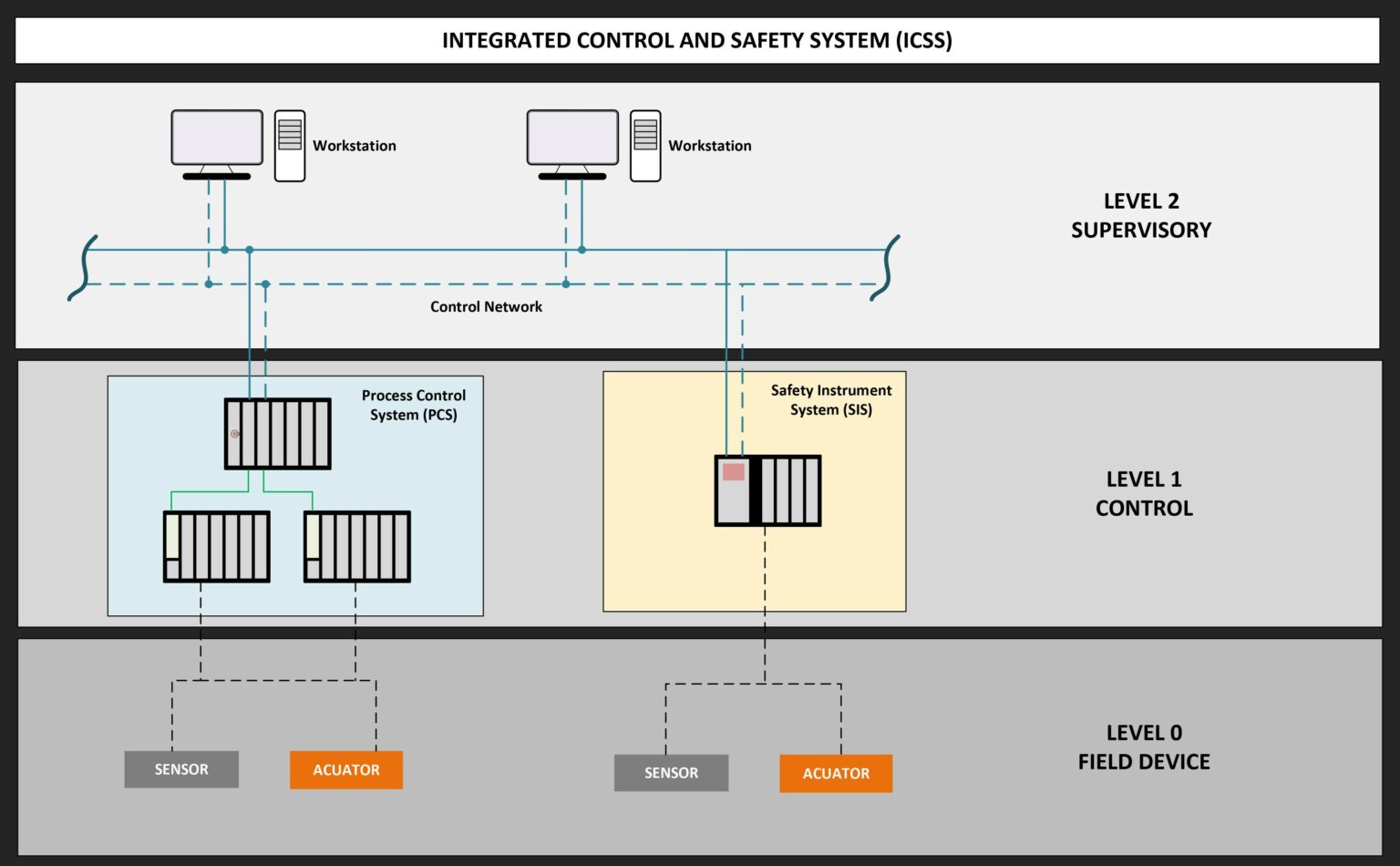
Offshore oil and gas platforms operate in some of the harshest, most unforgiving environments on Earth. In such critical conditions, reliability, safety, and efficiency are non-negotiable. At the core of these requirements are two foundational technologies: the Distributed Control System (DCS) and the Integrated Control and Safety System (ICSS).
But what many offshore engineers and operators don’t always realize is just how interdependent these two systems are—and how the performance of one can dramatically impact the other.
In this article, we’ll explore how DCS powers your ICSS, why this integration is vital to your platform’s operations, and what happens when one or both systems are neglected.
🔧 What is a DCS and Why Does It Matter?
A Distributed Control System (DCS) is the backbone of process control on any industrial facility—including offshore platforms. It automates control of your process variables such as pressure, flow, level, and temperature, ensuring everything runs within safe and efficient parameters.
Unlike centralized control systems, a DCS distributes control functions across multiple subsystems. This means greater redundancy, scalability, and resilience—especially valuable offshore, where reliability can’t be compromised.
🛡️ What is an ICSS and How Is It Different?
The Integrated Control and Safety System (ICSS) brings together multiple control layers—typically including the DCS, Emergency Shutdown System (ESD), Fire & Gas (F&G) systems, and Process Safety Systems—under a unified platform.
The ICSS ensures:
-
Coordinated responses to process upsets
-
Safe shutdown in emergencies
-
Continuous monitoring of hazardous conditions
It’s your platform’s central nervous system, detecting, analyzing, and reacting to ensure both safety and continuity.
🔄 How DCS Powers Your ICSS
While the ICSS is a broader umbrella, the DCS is its operational core. Here’s why:
1. Real-Time Data for Decision-Making
The DCS continuously gathers process data (pressure, temperature, flow, etc.), feeding the ICSS with real-time inputs for decision-making and automated safety logic execution.
2. Integrated Control and Safety Logic
Modern ICSS architectures use a DCS not just for control, but to execute certain safety logic in tandem with ESD and F&G layers. A well-configured DCS reduces response time and avoids conflicting signals.
3. Alarm Management and Prioritization
Without proper DCS alarm handling, ICSS functions can become overwhelmed or misled by nuisance alarms, delaying critical shutdowns or triggering false trips.
4. Diagnostics and Predictive Maintenance
Smart DCS systems can now integrate predictive analytics—enabling condition-based monitoring that supports the ICSS in anticipating failures before they escalate.
🚨 What Happens When DCS or ICSS Is Outdated?
Aging or poorly maintained systems result in:
-
Increased risk of false trips or failures
-
Slower response during emergency shutdowns
-
Integration issues between control and safety functions
-
Limited visibility and control for operators
If your platform is still running on a DCS from 15–20 years ago, chances are it’s no longer fully compatible with modern ICSS safety layers—leaving gaps in safety and efficiency.
🛠️ Best Practices for Offshore Operators
-
Perform a DCS Health Check – Evaluate system performance, obsolescence, and integration with your ICSS.
-
Integrate ICSS Components Smartly – Ensure ESD, F&G, and DCS communicate via secure, validated channels.
-
Upgrade in Phases – Total replacement isn’t always necessary; phased modernization is often cost-effective.
-
Train Your Team – Operators must understand how control and safety systems work together to respond effectively.
⛽ Real Offshore Impact
A North Sea operator recently upgraded their DCS to integrate more tightly with their ICSS. The result? 24% fewer unplanned shutdowns and a 45% reduction in false alarms within the first year. That’s not just efficiency—it’s safety, saved time, and money.
🔚 Conclusion
Your DCS is not just a control system—it’s the engine behind your ICSS. For offshore platforms, maintaining a modern, integrated DCS-ICSS architecture isn’t just best practice—it’s essential for safety, uptime, and operational excellence.
Whether you’re considering an upgrade or simply want to audit your current setup, remember this: your ICSS is only as strong as the DCS that drives it.
Keywords: DCS, ICSS, Platform
Contact: +6017-347 5015 (Faiq:Head of DCS Team)
